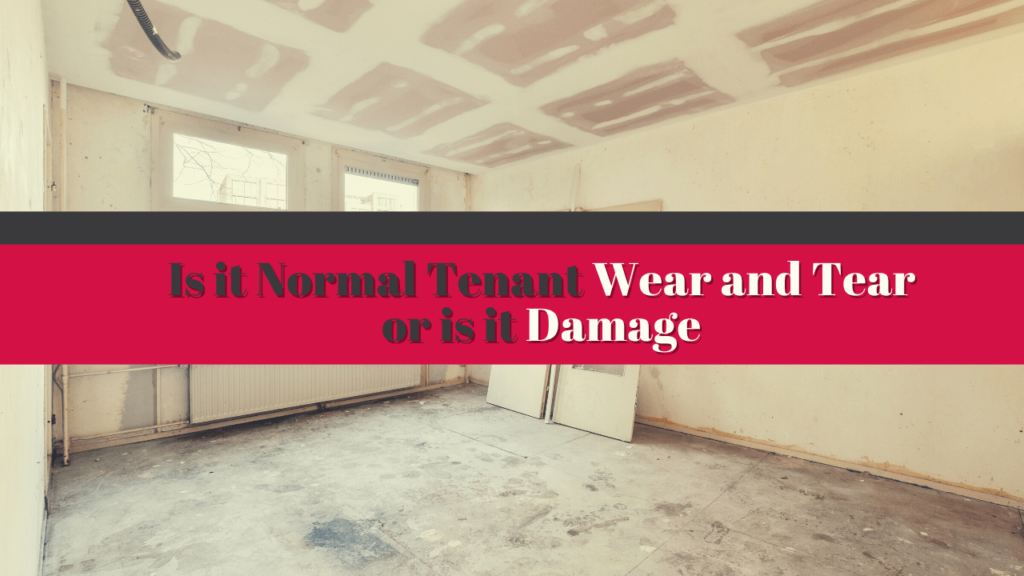
At the end of a lease term, you’ll need to return your Brentwood tenant’s security deposit.
Unless you’re making deductions for tenant damage.
How do you know what is considered damage and what is simply wear and tear? This can be a tricky question for rental property owners.
To protect yourself and avoid a frustrating tenant dispute, make sure you’ve documented the property condition at the beginning of the tenancy and after the tenant has moved out. This will help you prove that something has been damaged and goes beyond the normal threshold of general property deterioration.
Brentwood Landlords are Responsible for Wear and Tear
Wear and tear can be loosely defined as any of the normal deterioration that happens in a home just from people living in it. Those scuff marks on the floor from where furniture was resting can be considered wear and tear. Tiny nail holes in the walls from hanging pictures, worn weather stripping around doors, and faded carpet in high-traffic areas are all wear and tear issues. You’ll have to pay for those things when you’re turning over your property and preparing the home for a new tenant.
Tenant Damage is Not your Responsibility
Tenant damage isn’t always intentional. Your renters can break windows, pull doors off their hinges, and put holes in walls by mistake. However, they’re still responsible for paying to fix those things.
Damage goes beyond wear and tear. It’s typically the aggravated deterioration of your property due to the tenant’s abuse, misuse, or neglect. If children have written on the walls or pets have left behind fleas or odors or all the screens have been removed from the windows, you can hold the tenant responsible for these charges.
Move-In and Move-Out Inspections for Brentwood Rentals
 The move-in inspection you conduct before a tenant takes possession is critical. This is the best way to establish the condition of your rental home. Create an inspection checklist that documents everything is working, clean, and in order. Take photos to demonstrate how things look. Be detailed; take photos of the ceilings and walls as well as inside of closets and drawers.
The move-in inspection you conduct before a tenant takes possession is critical. This is the best way to establish the condition of your rental home. Create an inspection checklist that documents everything is working, clean, and in order. Take photos to demonstrate how things look. Be detailed; take photos of the ceilings and walls as well as inside of closets and drawers.
Before a tenant moves out, California rental laws require you to offer a pre-move out inspection. Not a lot of tenants agree to this, but it’s actually useful for understanding how your property looks at the end of the lease. After the tenant has vacated, go in and do a thorough inspection. Take the same pictures and use the same checklist to make your notes. You’ll be able to see where any damage may be found.
As you’re settling the security deposit, remember that you can only deduct for damage, cleaning costs, and any unpaid rent or utilities. You cannot make deductions for wear and tear or for any upgrades and updates you’re planning to make during the turnover period.
Document what you’re withholding and send your tenant an itemized list with any money that is being returned to them.
We can help you establish wear and tear versus damage. Contact us at Parks Property Management with any questions about your Brentwood rental property.
